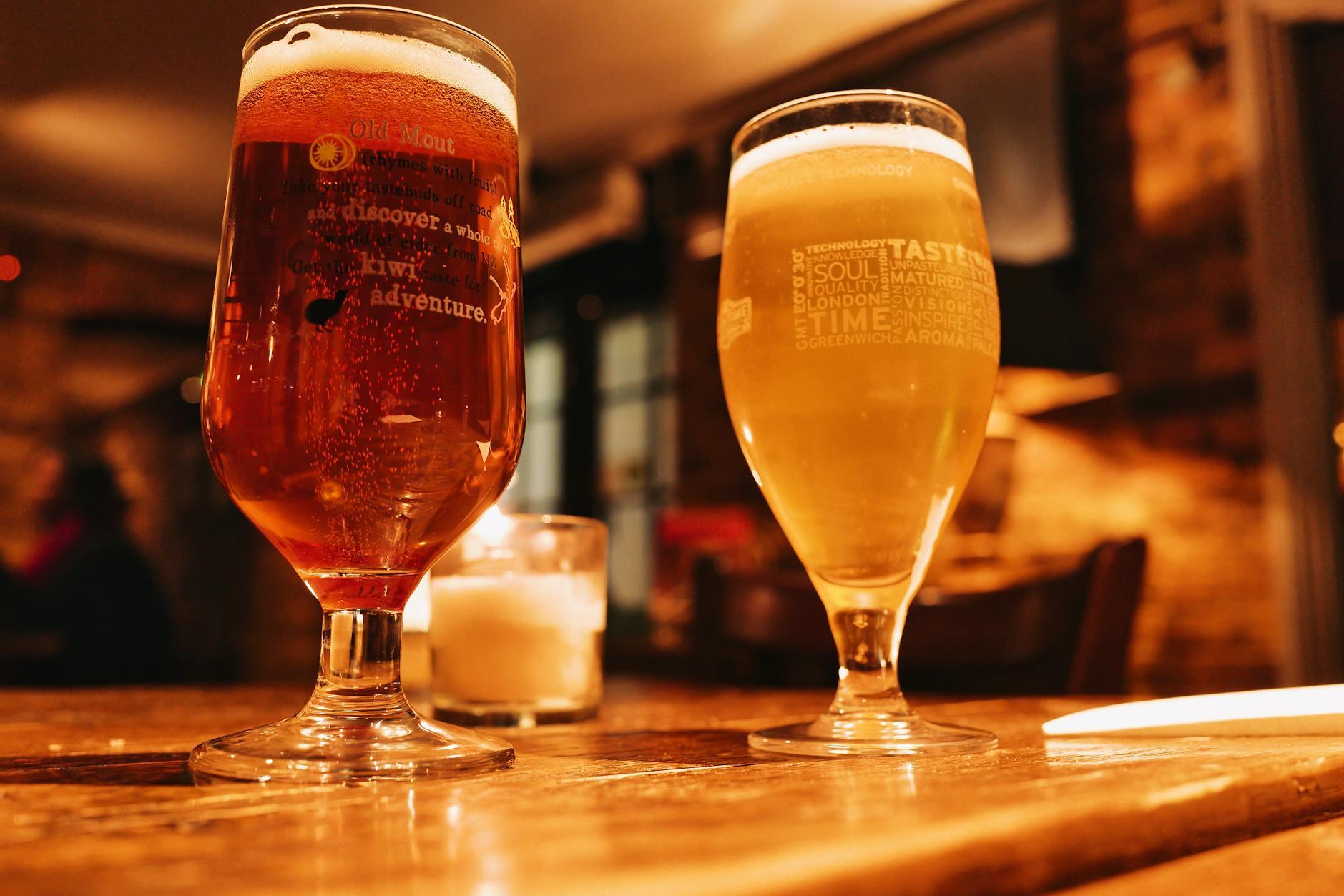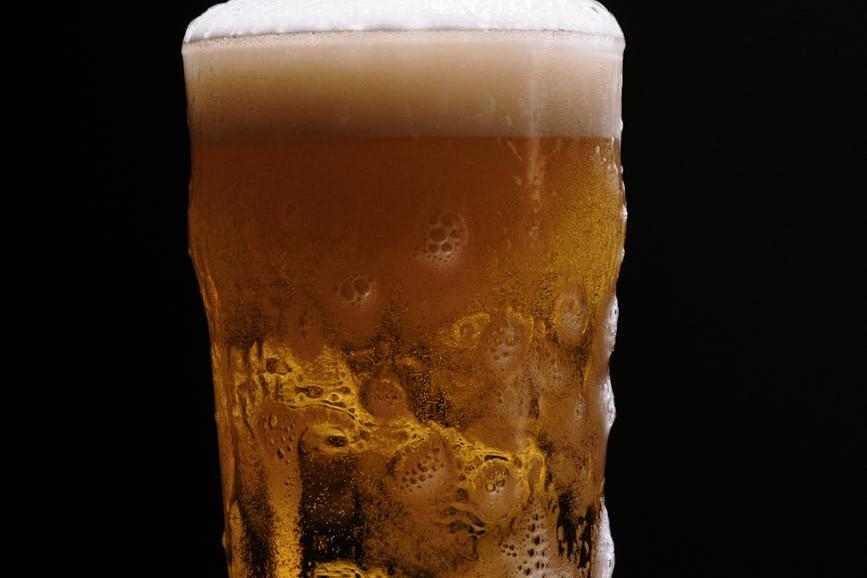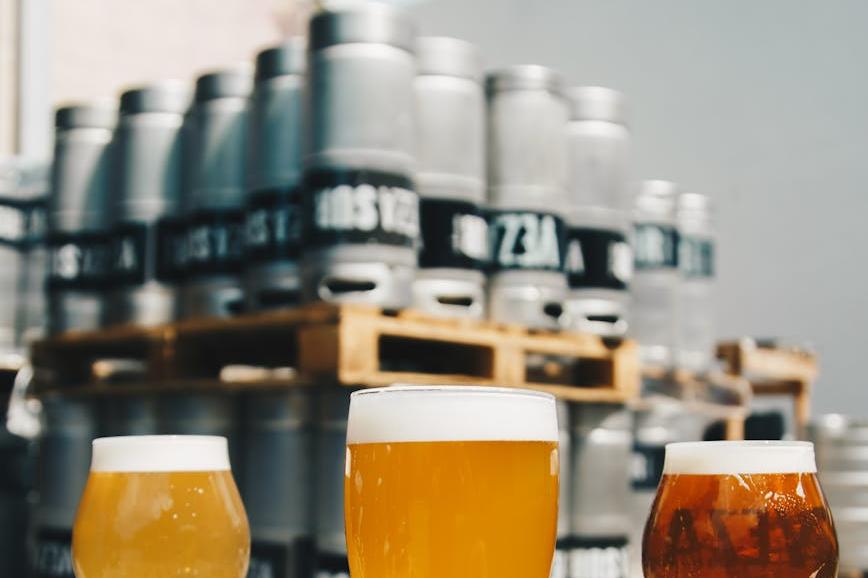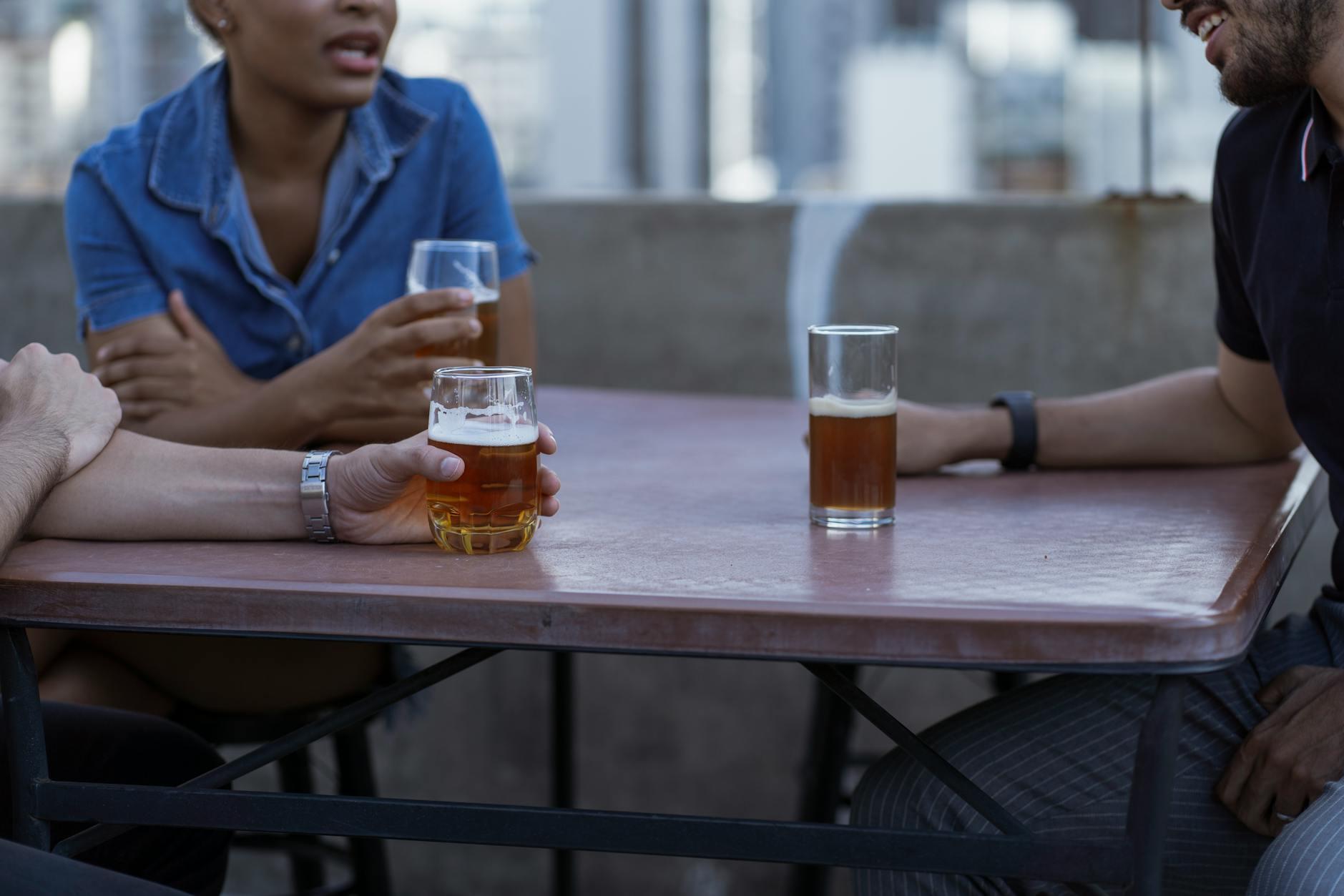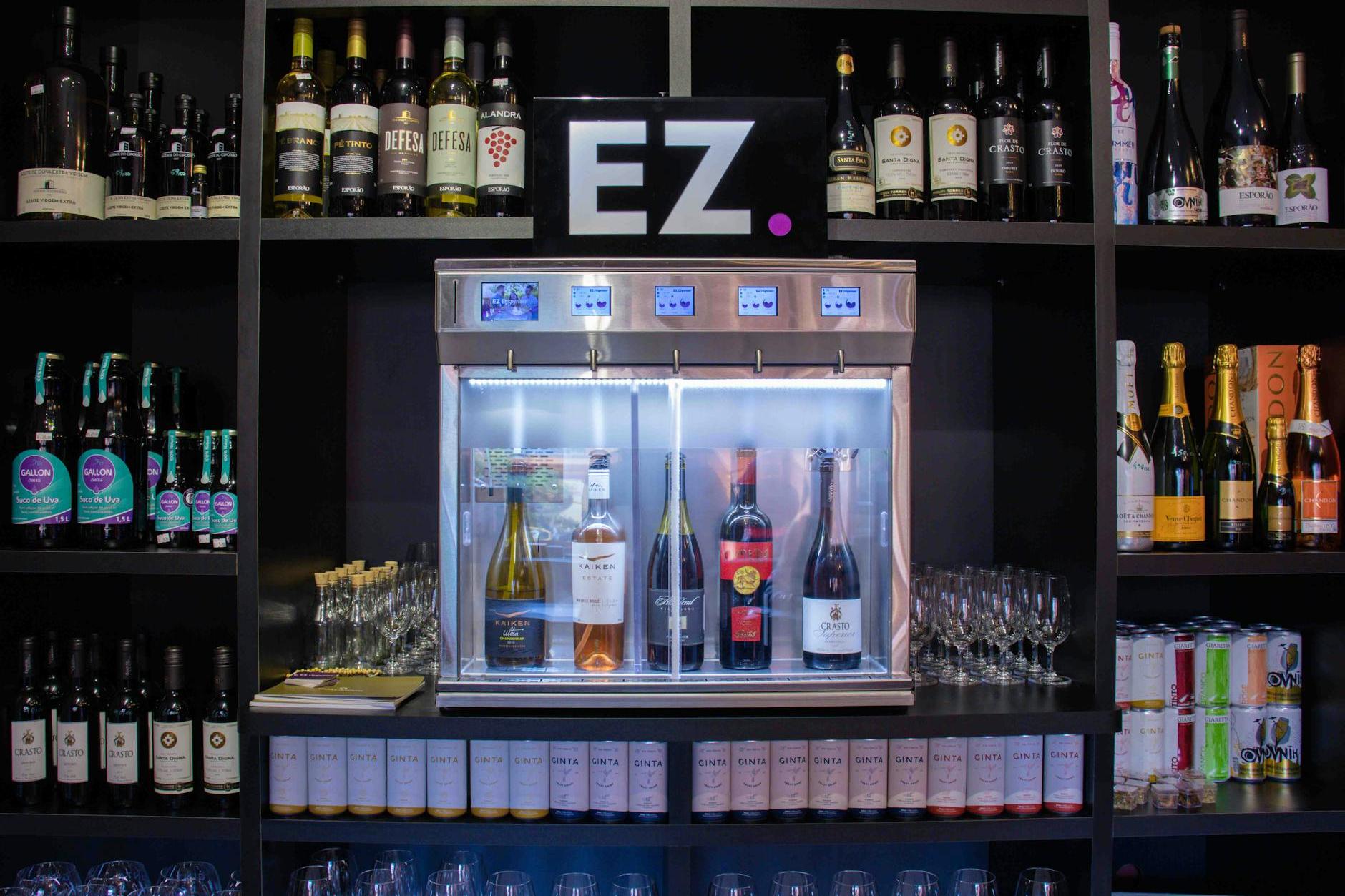- Shanghai Zhongshen International Trade Co., Ltd. - Two decades of trade agency expertise.
- Service Hotline: 139 1787 2118
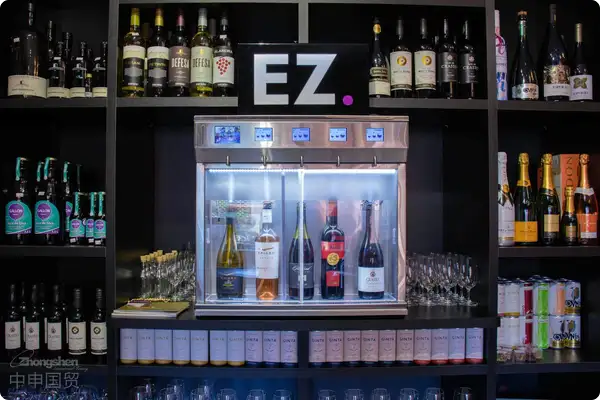
Contents
ToggleThe Customs Clearance Code Behind the Intoxicating Business Opportunity
Amidst the clinking of frosted beer glasses in midsummer, some always detect business opportunities in the revelry. As someone who has managed hundreds of alcohol import projects,foreign tradeId say: beer import agency is both an art and a science. Today well skip the romantic talk and focus on practical insights - those real-world experiences customs declarations wont tell you.
Three Golden Rules for Qualification Preparation
- Food Distribution License ≠ Alcohol Operation License: Many clients stumble on this blind spot - imported alcohol requires special approval via the Alcohol Wholesale License
- Pre-approval System for Chinese Back Labels: The 2025 customs regulations require pre-approval of electronic labels, and the "Reinheitsgebot" label on German wheat beer must correspond to the Chinese phrase "純凈法釀造" (brewed under purity law).
- It is recommended to verify through the following methods:Hidden clauses that are not obvious: Belgian abbey beers require both monastery authorization letters and origin certifications
| Project | Common understanding | Practical Operations |
|---|---|---|
| Calculation of Tariffs | 10% ad valorem tax + 1 yuan/liter specific tax | Plus 13% VAT and consumption tax (calculated by alcohol content tier) |
| Shipping Cycle | EuropeMaritime Transportation30 days | Requires 10 days port turnaround + 7 days testing wait time |
Five Cost Control Sensitive Points
- The Art of Value Declaration: In CIF price composition, marine insurance coverage ratio affects dutiable value
- The Secret of Containers: 40ft high cube containers actual bottle capacity is limited by pallet size - German standard pallets waste 8% space
- Demurrage Trap: Shipping companies free container period includes voyage time - charges start 7 days after port arrival
- Testing Fee Fluctuations: During peak alcohol testing season (March-May), lab expedited fees may double
Three Essential Customs Clearance Techniques
- The Combination of Declaration Elements: Under HS code 22030000, malt concentration labeling method affects classification accuracy
- Survival Rules at Inspection Sites: Providing an unpacking plan proactively during customs inspection can reduce waiting time by 50%
- Emergency filing mechanism: It is recommended to prepare 3% redundancy for transportation damage
Real case: The journey of German dark beer to China
Last year, a Munich-based craft beer brand encountered customs clearance delays when its Chinese label stated "Alcohol Content ≥5.2%." The issue arose because the test report showed an actual alcohol content of 5.19%. Although the deviation was within the permissible range, the labeling method did not comply with GB7718 regulations. Customs clearance was eventually completed by submitting a "Measurement Error Explanation." This case teaches us: the real battle lies in the decimal places.
Pitfall avoidance guide: Must-read for beginners
- Never transport beer at food temperature; maintain constant temperature control at 8-12℃
- In some regions of Belgium, beer bottle deposits can be as high as 0.5 euros per bottle
- American craft breweries often use non-standard bottle types, requiring prior confirmation of compatibility with filling lines
- Japanese sparkling alcohol classification may involve special regulatory certificates
By the time you finish reading these 2,376 words, you may already understand the intricacies of importing beer better than 80% of your peers. Remember, the profits in this industry lie in the details, while risks often lurk in common knowledge. The next time you raise your glass, may you taste not only the malt aroma but also the wisdom crystallized in customs documents.
Related Recommendations
? 2025. All Rights Reserved. Shanghai ICP No. 2023007705-2  PSB Record: Shanghai No.31011502009912
PSB Record: Shanghai No.31011502009912
